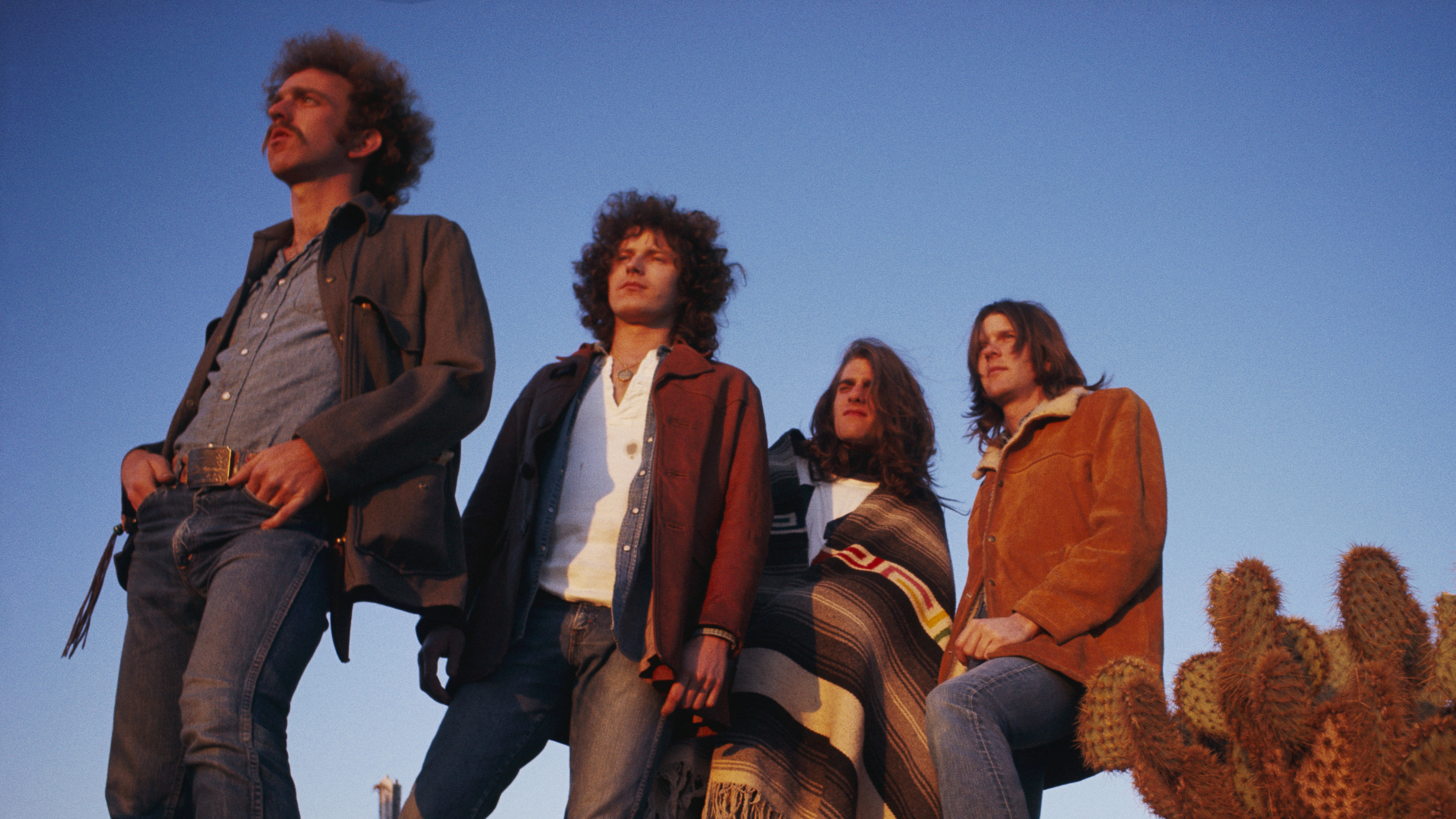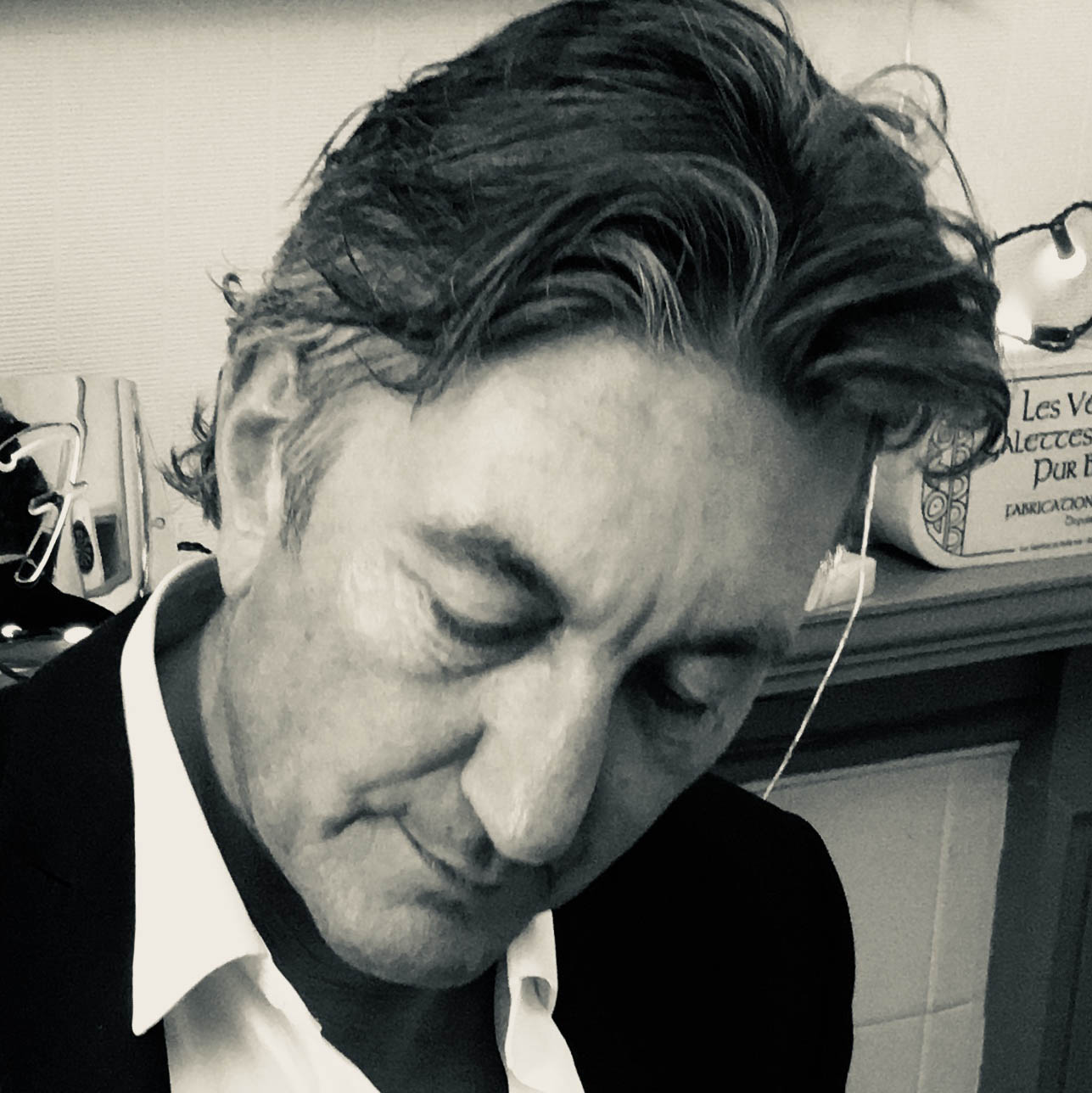“They all thought it was a bonkers idea but it worked. It was already a great song, but that one little thing made it different”: How the Eagles made somebody else’s song their own – and defined the sound of country rock
"Those open chords felt like an announcement: ‘And now... the Eagles!’”

Glenn Frey was living in an apartment at 1020 Laguna Avenue in Echo Park, Los Angeles when he heard the beginnings of a song that would give his band the Eagles their breakthrough hit.
It was 1971, and Michigan-born Frey was living directly above a young singer-songwriter called Jackson Browne, who was working on songs for his debut solo album.
Frey would often hear Browne’s works-in-progress drifting up from below. He was hugely impressed by Browne’s dedication to his craft and the hours he put in.
The two became friends, and when Browne hit a creative brick wall with his song Take It Easy, it was Frey who would go on to finish it.
Take It Easy became the debut single by the Eagles in 1972.
It was an evocative, uplifting song that fitted seamlessly within the laidback Southern California mood of soft rock FM radio. It was also the song that would propel the genre of country-rock into the global mainstream market.
Opinions abound on precisely why America and the world took the Eagles to their hearts, but one of the most common theories is that the band’s smooth, comforting strains provided a kind of sonic salve to political volatility, the perceived failure of the peace movement and the horrors of the Vietnam War. In short, a kind of escapism amid the chaos and paranoia of the Nixon era.
Want all the hottest music and gear news, reviews, deals, features and more, direct to your inbox? Sign up here.
The Eagles weren’t the first band to bring country-rock to the masses.
The Byrds, the Flying Burrito Brothers and Poco had all made significant creative and commercial inroads.
But the Eagles brought a grandeur and breadth to the sound and made country cool and palatable to the mainstream pop/rock market of the early ’70s.
Like Crosby, Stills and Nash before them, the Eagles’ freewheelin’ image was in fact powered by two of the most astute music industry figures of the age.
In the 2011 BBC documentary Hotel California: LA From The Byrds To The Eagles, David Crosby described the West Coast music industry of the time as being like a pool of sharks. And as Crosby succinctly put it, “We wanted our own shark”.
Enter David Geffen from Brooklyn and Elliott Roberts from the Bronx, who both ventured west in the late ’60s to manage the careers of some of the finest talents of the Laurel Canyon singer-songwriter scene. Geffen and Roberts set up shop at 9130 Sunset Boulevard in 1969 and would go on to represent Joni Mitchell, CSN, Jackson Browne and the Eagles.
Geffen and Roberts were from the same generation as their clients, and understood the music and the counterculture from which it came. They began challenging the balance of power in LA’s increasingly outdated music industry.
While Roberts took care of management, Geffen took care of business. As Geffen recalled: “It was my job to stand like a dam against the river of shit that was coming down on these people and I did that and that was a difficult job.”
The Eagles had formed back in 1970 when singer-songwriter and guitarist Glenn Frey teamed up with Texan-born drummer, vocalist and songwriter, Don Henley.
The two were part of Linda Ronstadt’s backing band. When they decided to form their own band, it was Ronstadt who suggested that they hire Bernie Leadon, former member of the Flying Burritos Brothers, on lead guitar, banjo and backing vocals. Randy Meisner from the Stone Canyon Band completed the line-up on bass and vocals.
In September 1971, the Eagles signed to Asylum Records, the label set up by Geffen and Roberts to nurture the best talent from the Laurel Canyon singer-songwriter scene.
“We were Asylum’s first band,” recalled Bernie Leadon in an interview with Uncut in 2022. “He [Geffen] was ready to launch, had all the skills. He said, ‘Don’t make trouble, and hold on!’”
One of Geffen’s first decisions was to send the four musicians to play in Aspen Colorado, to develop as a band. Having not settled on a name they performed their first show as Teen King and The Emergencies at a club called The Gallery in Aspen in October 1971.
By then, they were working on songs for their debut album and Glenn Frey could not get Jackson Browne’s new composition out of his mind. When they returned to LA, Frey dropped by Browne’s studio apartment in Echo Park.
At this point, Browne had hit a creative block with the song. He had got as far as what is regarded as one of the most memorable lines of the song, which opens the second verse: “Well I’m standing on a corner in Winslow, Arizona.” Browne’s tone is reflective and melancholic, but Frey’s contribution would transform the song into something far more alpha male and upbeat.
“So he played the second unfinished verse,” Frey told journalist Cameron Crowe in 2003. “And I said, ‘It's a girl, my lord, in a flatbed Ford, slowin' down to take a look at me’. That was my contribution to Take It Easy, really, just finishing the second verse.
“Jackson was so thrilled. He said, ‘Okay. We co-wrote this’. But it's certainly more of him. Sometimes, you know, it's the package without the ribbon. He already had the lines about Winslow, Arizona. He'd had car trouble and broken down there on one of his trips to Sedona. He spent a long day in Winslow.”
Browne’s version of the song would be featured on his second album For Everyman, released in 1973.
But the Eagles' version was definitive.
Take It Easy would be the first song on the band’s self-titled debut album. In direct contrast to their Southern California home, the track and the album were recorded at Olympic Studios in Barnes, south-west London in February 1972, during a particularly cold winter.
Glyn Johns, who had worked with The Beatles, the Rolling Stones and Led Zeppelin, was the producer chosen by Geffen to produce the album. Johns was initially unimpressed by Eagles when he saw them live but when he later heard them in rehearsal, he was drawn to their four-piece harmonies.
“There it was, the sound,” Johns said in the two-part 2013 documentary History Of The Eagles. “Extraordinary blend of voices, wonderful harmony sound, just stunning.”
Johns fell for the very thing the band were striving to move away from, the smooth, rich, impeccably judged harmony sound. They allegedly wanted to achieve a much tougher sound, although as Glenn Frey ultimately acknowledged in an interview with Cameron Crowe in Rolling Stone: “He [Johns] was the key to our success in a lot of ways.”
One of the strengths of this first line-up of the Eagles was Bernie Leadon, a gifted guitarist and banjo player whose bluegrass roots brought down-home grit, panache and authenticity to their country-rock sound. Johns recognised Leadon’s ability and utilised his banjo-picking talents.
"On Take It Easy I got Bernie to play double-time banjo,” said Johns in an interview with Uncut magazine in 2014. “They all thought it was a bonkers idea but it worked. It was already a great song, but that one little thing made it different.”
Frey sang lead vocals on the track, with Meisner providing the harmony vocal on the second verse, then Frey and drummer Henley harmonising on the chorus on the line “Though we will never be here again/So open up, I'm climbin' in”.
In an interview with Cameron Crowe in 2003, Henley highlighted Frey’s natural instincts. “We gave Glenn a nickname, ‘The Lone Arranger’. He had a vision about how our voices could blend and how to arrange the vocals and, in many cases, the tracks.
“He also had a knack for remembering and choosing good songs. Jackson had shelved Take It Easy because he couldn't complete it, but it was Glenn who remembered the song from some time earlier and asked Jackson about it one day.”
On Take It Easy and across the recording of the album, Glyn Johns was very much the person in charge and allegedly would not tolerate internal band conflicts spilling out during the sessions, as Henley recalled in a 1975 interview with Cameron Crowe for Rolling Stone.
“Glyn made us very aware of all the little personal trips within the band,” recalled Henley. “He’d just stare at you with his big, strong, burning blue eyes and confront you with the man-to-man talk. You couldn’t help but get emotional. We even cried a couple times.”
Take It Easy was released on 1 May, 1972 and climbed to No.12 on the Billboard Hot 100.
The song marks the point at which the spirit of country music melds with laidback California cool.
For all the mega hits that followed, Take It Easy has retained an enduring appeal.
In 2017, Billboard ranked Take It Easy No.3 in its list of greatest Eagles’ songs, while two years later Rolling Stone ranked the song No.2 in its list of the 40 greatest Eagles songs.
Glenn Frey, who died in 2016, always played down his own contribution to Take It Easy, choosing instead to praise his friend Jackson Browne for gifting them a song that would kickstart the band’s stellar career.
“I don't know that we could have ever had a better opening song on our first album,” Frey told Cameron Crowe in 2003. “Just those open chords felt like an announcement, ‘And now... the Eagles!’”

Neil Crossley is a freelance writer and editor whose work has appeared in publications such as The Guardian, The Times, The Independent and the FT. Neil is also a singer-songwriter, fronts the band Furlined and was a member of International Blue, a ‘pop croon collaboration’ produced by Tony Visconti.
You must confirm your public display name before commenting
Please logout and then login again, you will then be prompted to enter your display name.

